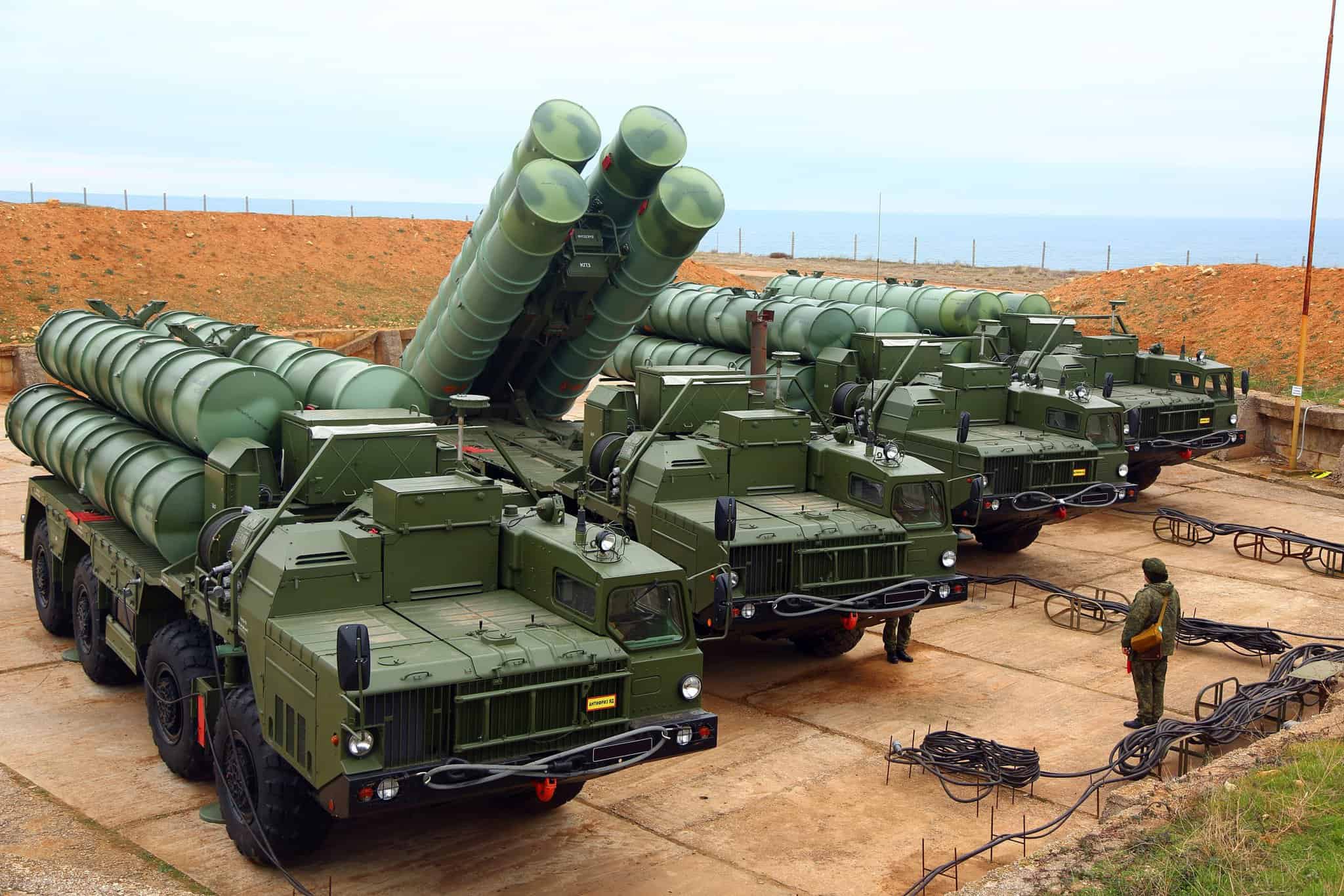- A Russian Su-24MR aircraft briefly entered Polish airspace over the Gulf of Gdansk on February 11, raising regional tensions.
- The incursion lasted 1 minute and 12 seconds, penetrating 6.5 kilometers into Polish territory.
- The incident was attributed to a navigation error, with Russian authorities acknowledging the mistake as a technical issue, not a deliberate action.
- Polish air surveillance quickly detected and monitored the breach, maintaining communication with Russian counterparts.
- The event highlighted the sensitive nature of regional airspace and the importance of maintaining diplomatic and defense readiness.
- It underscored the ongoing geopolitical tension in the area, exacerbated by recent Russian military activities over Ukraine.
- The situation served as a reminder of the need for precision and caution in navigating shared skies, to avoid escalating conflicts.
A crisp winter day was briefly upended as a Russian Su-24MR aircraft threaded dangerously into the skies over Poland. The serene waters of the Gulf of Gdansk bore witness to this unexpected aerial intrusion on a quiet Tuesday, February 11. With radar operators alert and tensions subtly cascading across international lines, this breach stirred cautious reminders of the region’s delicate dance of diplomacy and defense.
As Polish air surveillance traced its unwanted guest, the extent of the incursion became clear: a mere one minute and twelve seconds, yet a considerable 6.5 kilometers into sovereign territory. Like a needle straying too far from its compass, the aircraft’s navigational hiccup seemed the culprit. Swift adjustments, orchestrated by an alert Russian navigator, redirected the jet, pulling it back from the brink of further tension.
The Polish Armed Forces, ever-vigilant eyes in the sky, closely monitored the anomaly. Communication channels warmed as Polish air traffic control swiftly reached out, seeking clarity. The Russians, acknowledging their spatial faux pas, attributed the deviation to errant navigation equipment—a technical misstep rather than a deliberate act of provocation.
Just days earlier, the air felt similarly tense as Polish warplanes patrolled vigilantly, scanning the skies during Russia’s offensive maneuvers over Ukraine. This episode, though seemingly benign in intent, served as a stark reminder of the region’s fragile geopolitical tapestry. Polish skies, etched by invisible lines of sovereignty, demand respect and precise maneuvering, lest mistakes provoke ripples far beyond their transient seconds.
Unexpected Skies: The Impact of Aerial Incursions on International Relations
Overview of the Incident
On a seemingly tranquil winter day, February 11, a Russian Su-24MR aircraft breached Polish airspace over the Gulf of Gdansk. This brief incursion, lasting just over a minute, drew attention to the ongoing tensions in Eastern Europe and highlighted the fragile nature of diplomatic relations in the region.
While the immediate cause was attributed to navigational errors, the incident underscored the delicate balance required to maintain peace and stability in a geopolitically charged environment.
How Incidents Like This Affect International Relations
1. Diplomatic Strain: Aerial incursions can heighten diplomatic tensions, as they are often viewed as provocative acts. Nations must tread carefully to deescalate potential conflicts and maintain open communication channels to resolve misunderstandings.
2. Defense Posture: Countries may bolster their defensive measures following such incidents, leading to increased military readiness and potential arms build-ups, which can further escalate tensions.
3. Public Perception: These events can influence public opinion about national security policies and foreign relations, prompting governments to take a more assertive stance in diplomatic and military engagements.
Pros and Cons of Advanced Surveillance Systems
# Pros:
– Early Detection: Advanced radar and surveillance systems can detect incursions swiftly, allowing for timely responses to potential threats.
– Enhanced Coordination: Improved communication aids in quickly establishing the nature and intent of potential violations, reducing the risk of escalation.
– Increased Security: With better surveillance, nations can ensure the integrity of their sovereign airspace, enhancing national security.
# Cons:
– Cost: Maintaining and upgrading sophisticated surveillance systems can be financially burdensome.
– Privacy Concerns: Increased surveillance capabilities may lead to privacy infringements, both domestically and internationally.
– False Positives: Advanced systems might misidentify benign aircraft, leading to unnecessary diplomatic conflicts.
Market Forecasts for Aerospace Surveillance Technology
The aerospace surveillance market is expected to see significant growth, fueled by rising geopolitical tensions and the need for advanced defense systems. European and NATO countries, in particular, are likely to invest heavily in upgrading their radar and communication technologies to respond effectively to increasing airspace violations.
Controversies and Challenges
A key controversy in managing such airspace incursions is the balance between defense readiness and diplomatic engagement. While nations must protect their airspace, excessive militarization can trigger an arms race, damaging international relationships. The challenge lies in crafting policies that preserve security while fostering cooperation.
Security Aspects and Limitations
– Reliability of Equipment: As illustrated by the reported navigational mishap, reliance on technical equipment presents operational vulnerabilities.
– Human Error: Even with advanced technology, human errors can still lead to breaches, underscoring the need for continuous training and protocol reviews.
Conclusion
The incursion by the Russian Su-24MR serves as a pertinent reminder of the critical importance of vigilance, communication, and diplomacy in maintaining international peace. Countries in geopolitically sensitive areas must continue to refine their strategies to respond swiftly and effectively to similar incidents, ensuring that fleeting violations do not escalate into broader conflicts.
For further information on international defense relations and aerospace technologies, visit the NATO website.

















